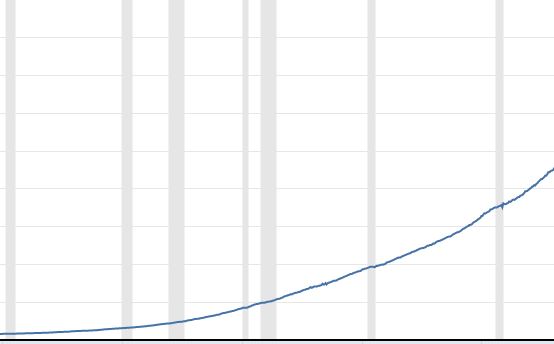- A profit-making day for EUR/USD is the first in three days where the pair moves around intraday highs.
- Before the US data release, traders can pare recent losses on China-related headlines and the holiday mood.
- As hawkish Fed bets jostle with cautious optimism, market sentiment remains divided.
- US PCE Price Index and Durable Goods Orders must be strong for the bears to retake control while ECB hawks defend buyers.
Market conditions remain subdued early Friday as traders in the lead-up to Christmas remain subdued. A monthly report from the German Bundesbank will be released during European trading hours. A report on November’s Personal Consumption Expenditure (PCE) Price Index, the Federal Reserve’s preferred inflation measure, will be released by the US Bureau of Economic Analysis (BEA) in the second half of the day.

As part of the US economic docket before the long weekend, the Federal Reserve will release the revised Consumer Confidence Index from the University of Michigan, November’s New Home Sales data, and Durable Goods data. In the US, markets will operate as usual, but bond markets will close one hour earlier. We will have both markets closed on Monday, December 26.
EUR/USD showed modest gains on Thursday but seemed to have stabilized over 1.0600 by Friday morning.
Buyers have regained control of EUR/USD as the pair clings to a gain near 1.0610 after a two-day losing streak. Despite this, the recent inaction could be explained by a cautious market mood and the holiday season, which began on Friday morning in Europe.
There has been a mildly positive sentiment due to optimism over the People’s Bank of China’s (PBOC) pro-growth policies and the largest weekly cash injection in two months. Additionally, Evergrande is reportedly nearing an offshore debt restructuring plan underpinning the firmer sentiment.
As an alternative, strong US data, hawkish Fed bets, severe hospitalizations in Shanghai, and the easing of China’s Zero-Covid policy will help stoke risk aversion and put pressure on EUR/USD.
However, traders wait for US data, and the holiday season restricts market movements and EUR/USD movements in the near term. Short-term directions are largely determined by the November Core Personal Consumption Expenditure (PCE) and Durable Goods Orders. The US Core PCE Price Index, or Fed’s preferred inflation gauge, remains unchanged at 0.2% monthly, per market consensus. In contrast to the previous readings of 5.0%, the annualized forecasts suggest lower figures of 4.7% YoY. Furthermore, US Durable Goods Orders could decrease by 0.6% in November compared to the previous increase of 1.1%.
Aside from the geopolitical tensions with Russia and the oil price cap, the European Central Bank’s (ECB’s) comments should be carefully watched to guide Europe’s economic growth.
GBP/USD
GBP/USD dropped below 1.2000 on Thursday, its lowest level in more than three weeks, amid a risk-averse market environment. On Friday, the pair settled above 1.2000 after a late recovery.
USD/JPY
It closed nearly unchanged, nearly $132.50 tomorrow. According to Japan’s latest data, November’s National Consumer Price Index increased slightly from the market expectation of a 3.7% increase to 3.8%. At the time of writing, the pair was modestly higher at $132.70.

Gold price
A surge in US economic data on Thursday brought the gold price down sharply to below $1,800. As of Friday morning, Gold/USD is trading modestly above $1,800 but continues to trade below it. The Bitcoin price continues to fluctuate within a narrow channel just below $17,000, struggling to find direction. The price of Ethereum traded near $1,200 for the third day in a row on Friday.


